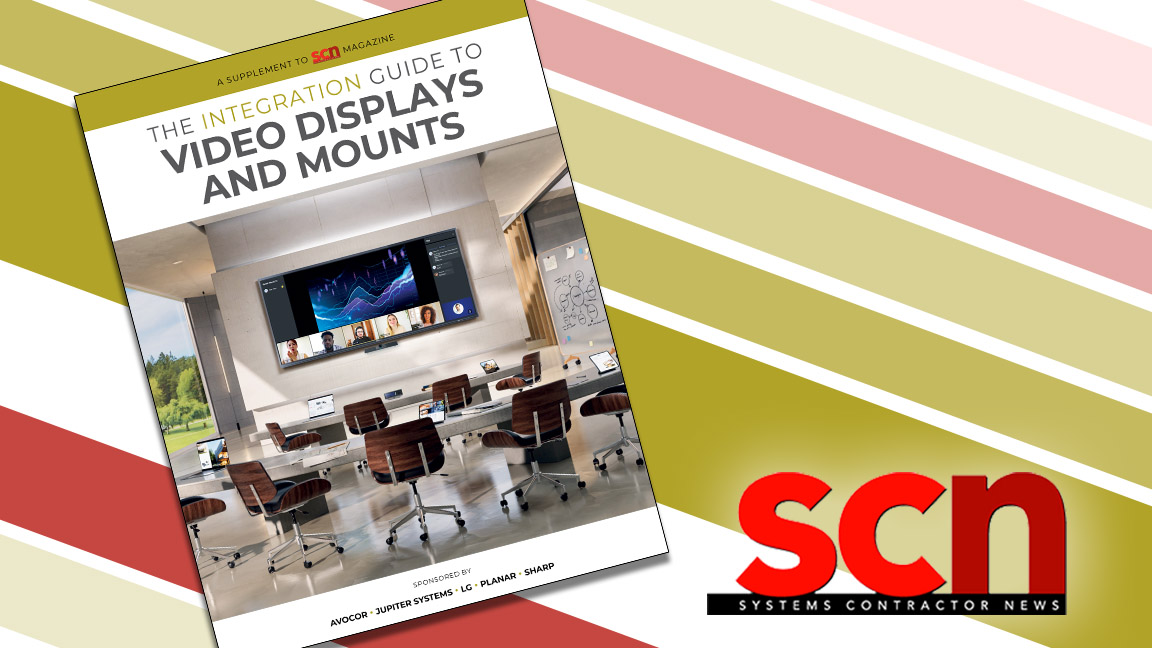Using Customer Service to Manage Failure (or How to Avoid Comcast’s Mistakes)

A few weeks ago a recording of a horrible Comcast customer service call went viral. The customer tried repeatedly to cancel their subscription, only to be met with a stubborn and aggressive Comcast representative who refused to honor the unsatisfied customer’s request to end their service. This call made me think about customer service failure in our own industry.
The Merriam-Webster dictionary defines “failure” as the “…omission of occurrence or performance; specifically: a failing to perform a duty or expected action.” And from the Entrepreneur.com Small Business Encyclopedia, we learn that “excellent customer service is more than what you say or do for your customers. It also means giving customers a chance to make their feelings known.”
I have found the point of customer service failure to be where the business classroom description of customer service meets reality, as in the case of the Comcast call. Customer service is only effective if the conversation between customer and company is a two-way dialogue, not a one-way scripted set of responses, and if the company is able to acknowledge its own failings in the process. I have two stories that provide some insight into how better customer service can be used to retain clients in such situations.
Push Ego Aside, Realize When You’ve Dropped the Ball
I was working with a growing legal firm. From the beginning, they emphasized technology as critical to the success of their organization; most notably videoconferencing and unified communication. Together, we grew from simple room designs to immersive environments. Each new project presented more challenging degrees of complexity and coordination. At some point, we hit a wall and found ourselves stumbling. I shortly received a phone call in which was delivered the most remarkable Dear John I have ever received.
The client — we’ll call him “Sam” — began cordially but soon turned to the purpose of his call. “John, we have worked together on many projects over the years. I know you are aware we have had some bumps in the road recently, and I need to let you know that my Board of Directors would start to question my decision-making ability if I continued to use your company.” His words were clear; there was no ambiguity and I honestly was taken aback by it directness. He had made his feelings known. Silence; my customer service gun was empty.
“Sam,” I said, “I have to say I agree.” His silence followed. “Sam, I accept your decision and ask only one thing from you; that we re-visit our partnership again after I talk to my team. Not next week or next month, but after some time. I take ownership and will need time to address what happened.”
A daily selection of the top stories for AV integrators, resellers and consultants. Sign up below.
We then challenged our team to step back, reflect and give feedback on how each, as individuals, had missed the mark and what was needed to meet our former client’s expectations. We grabbed that failure by the throat, put egos aside, and came to a heartfelt analysis of every customer touch point from sales through service, not leaving out management’s contribution. We discovered mistakes in the deliverables to the client, some by omission and some by commission. The reward of our review was that after a one-year hiatus, “Sam,” being a man of his word, allowed us to re-present ourselves. We salvaged that relationship and just successfully completed a significant project, with a plan for more to come.
Identify Unasked Questions, Hear Your Unsatisfied Customers Out
An even greater challenge was a customer for whom we had completed a major renovation of a corporate boardroom. All had signed off and made plans to market the project; at the ribbon cutting, there were handshakes all around. Shortly thereafter, through various follow-ups, I was called into a meeting with the CEO who asked me to come alone and meet in said boardroom. At the end of the table, sprinkled with wonderfully hidden technology and framed by remarkable visual displays, was the CEO. “I want you to come in here next week and rip everything out; this space is not meeting our needs.”
Stunned, I inquired, “Can I ask how we missed your requirements?" He stood up, slid his cell phone across the table and asserted “All of this huff-and-puff technology and I can’t connect my Board of Directors’ cell phone calls into this room." Our design goal had been to impress from a visual standpoint. In that, we were supremely successful but we had overlooked the mundane, the easy, the functional.
Lesson one: implement this design criteria change on all projects forever going forward. Well, easy fix. We just needed to go back in time and start over with project discovery. For the next 30 minutes, we did just that and he was fair-minded enough to admit his company’s role in the problem. That discussion, including what I now like to call “definitions and differences,” exposed the misunderstandings of each other’s expectations and capabilities. As a result, we had simply misaligned our teams. At the end of the meeting, he said “Now you know what you should have asked before today. I will re-formulate my team and I want you to present the correct team and a solution to the technology challenges we discussed today.” Our partnership was renewed.
Customer service is a journey with the client throughout the project. From “How may I help you?” to “How did we do?”, effective customer service starts with employees empowered with ownership, who listen actively, talk less, and identify which critical questions haven’t been asked. Most importantly, it allows you to analyze your company’s capabilities. Take advantage of it in moments of “failure” and you’ll be better equipped to retain happy customers.
John Greene is vice president of sales and marketing for Advanced AV. He lives the Michael Dell strategy to never be the smartest one in the room, and has humbly enjoyed being mentored over the years by many of the successful people he has encountered in the AV industry. Follow him on Twitter at @jgreenesix.
